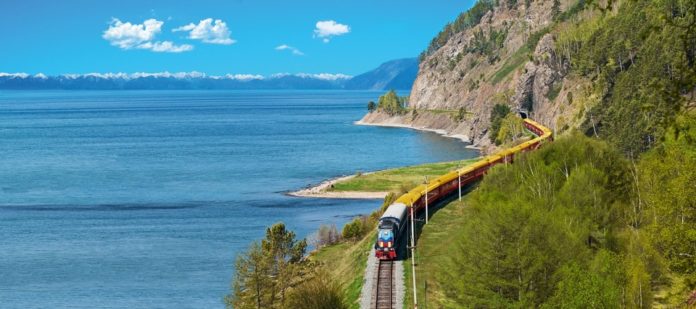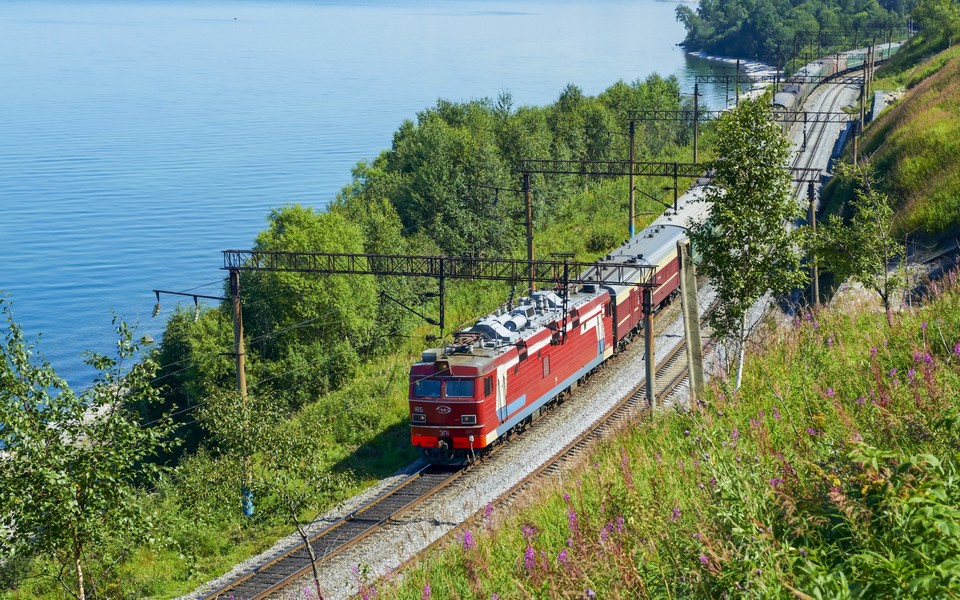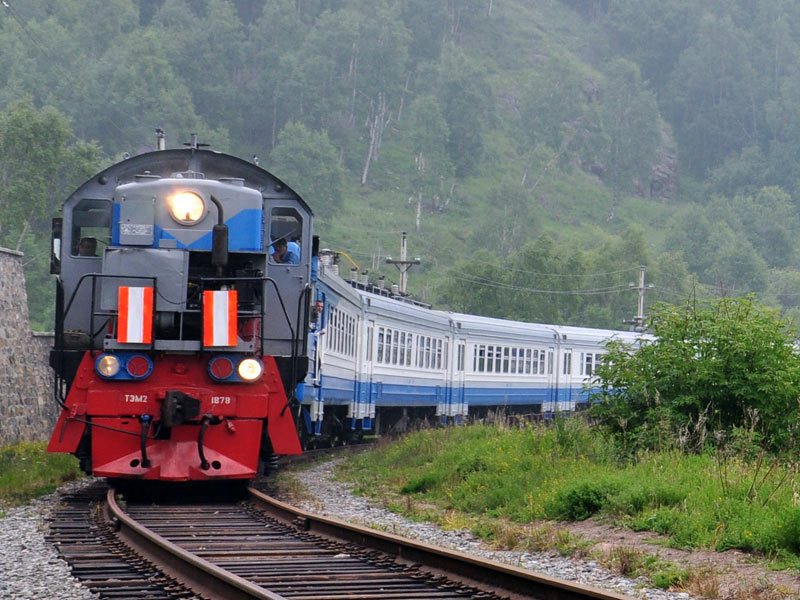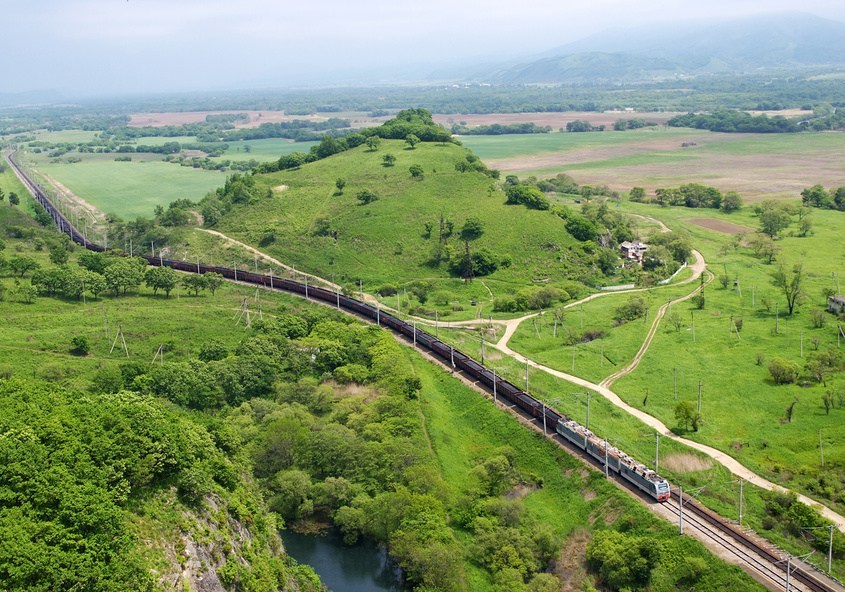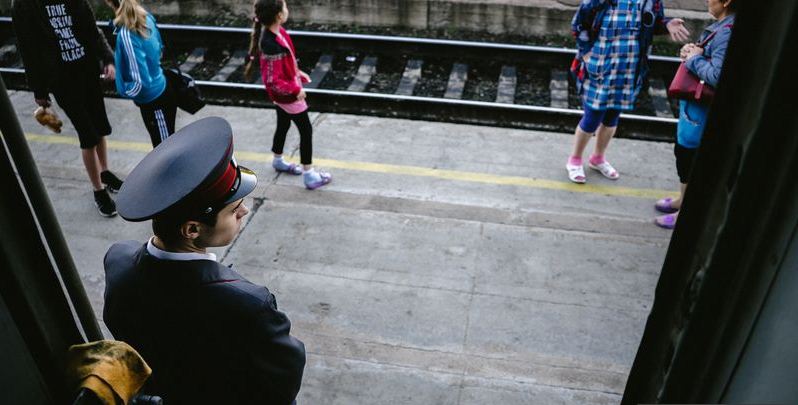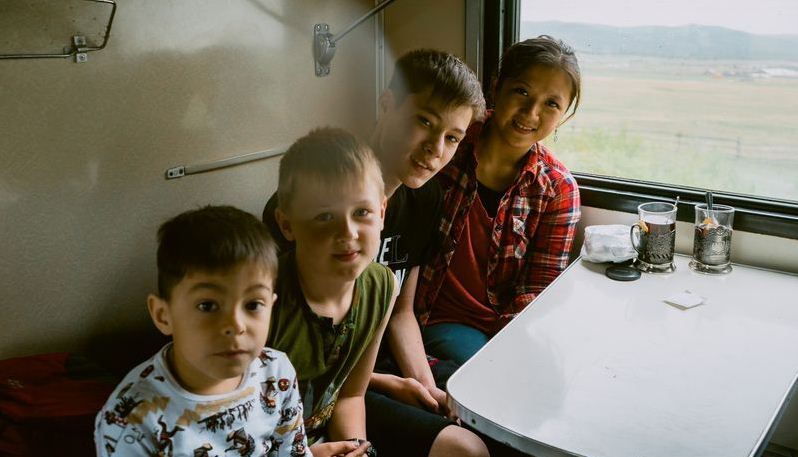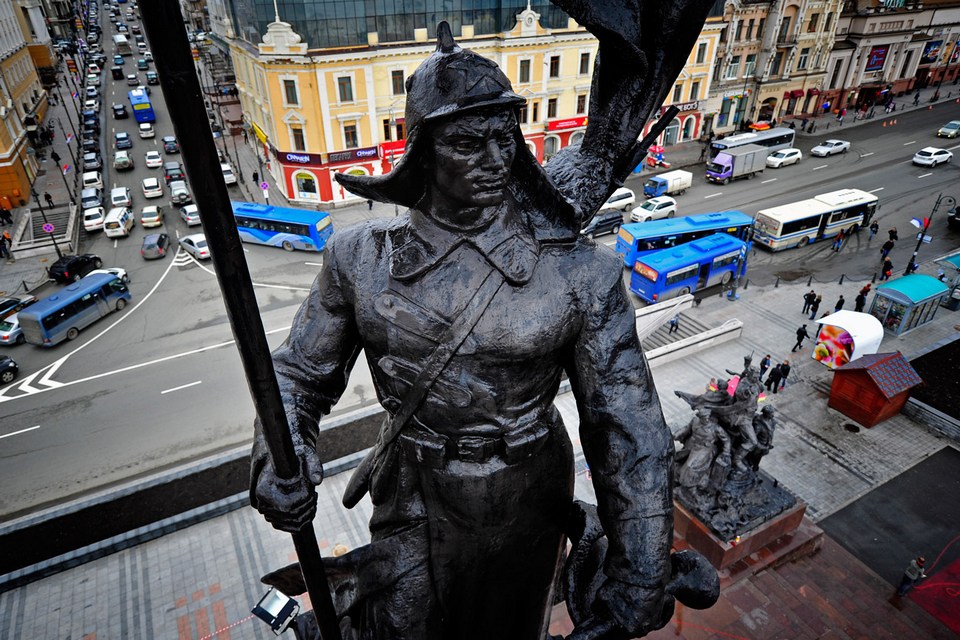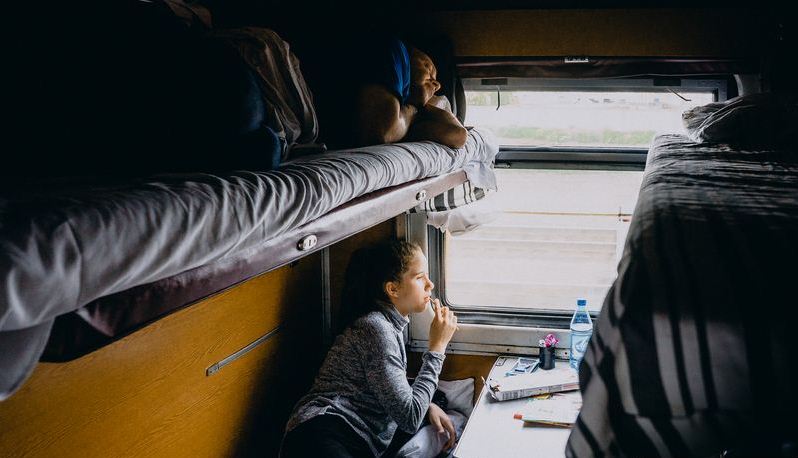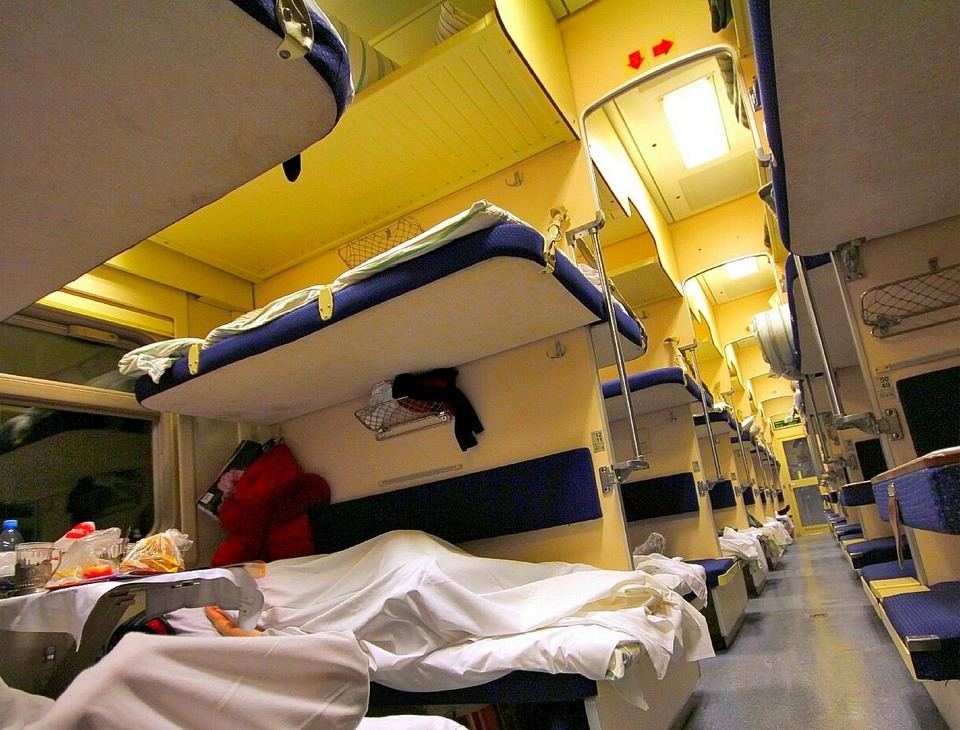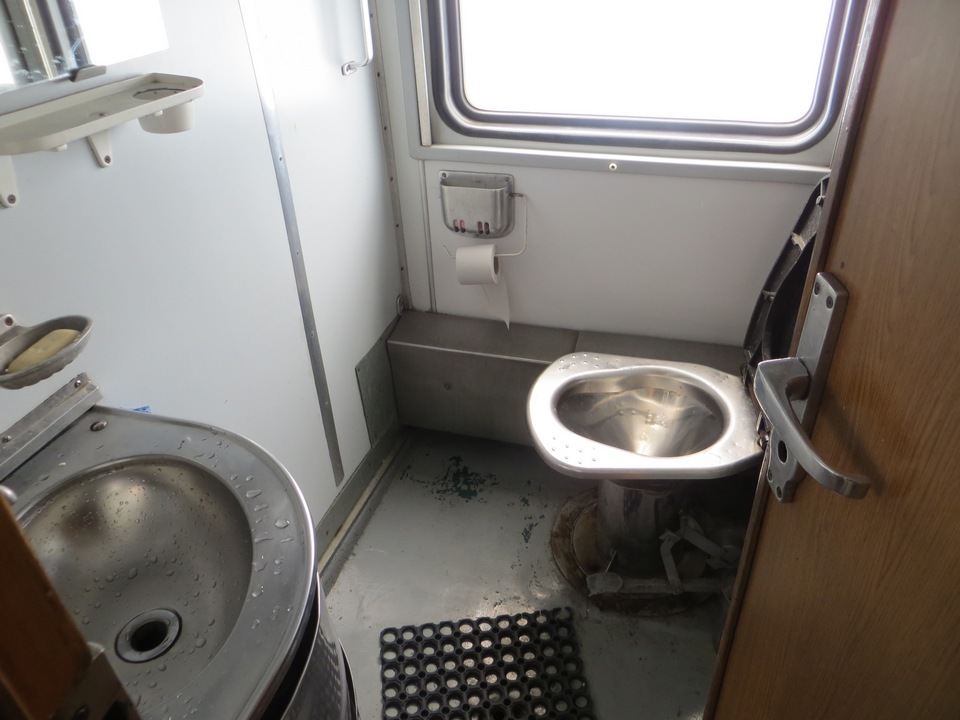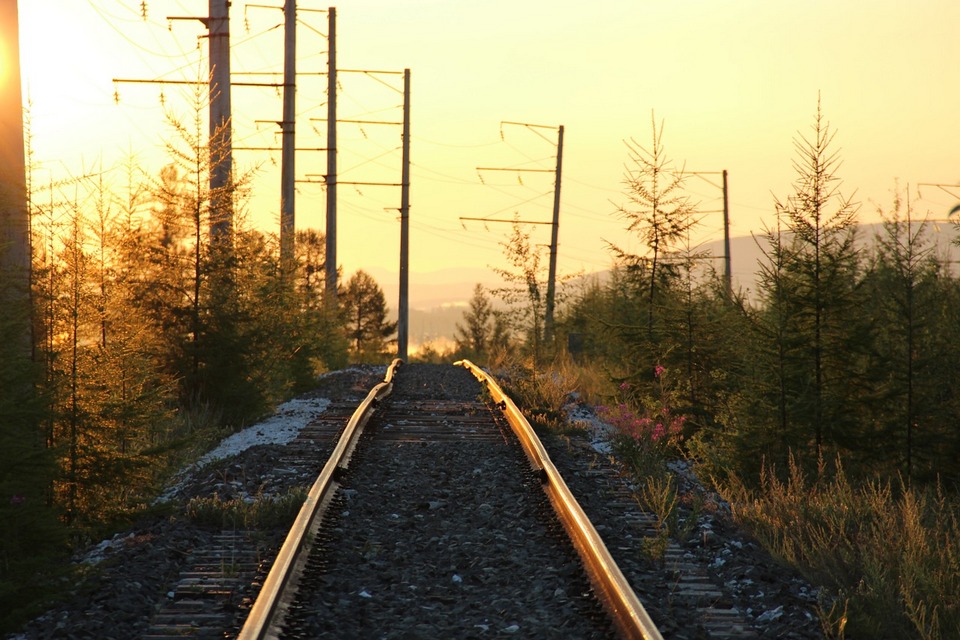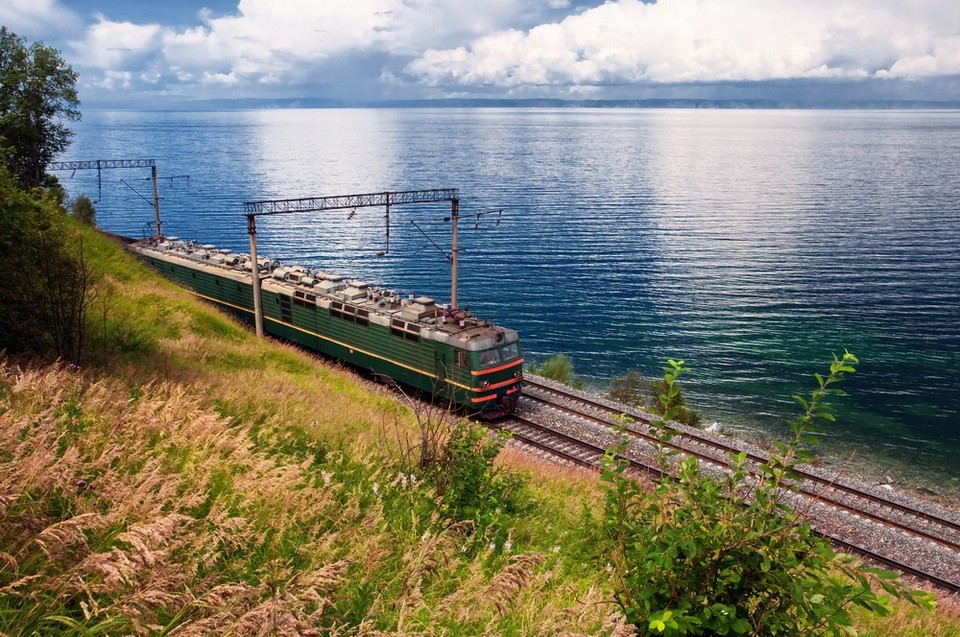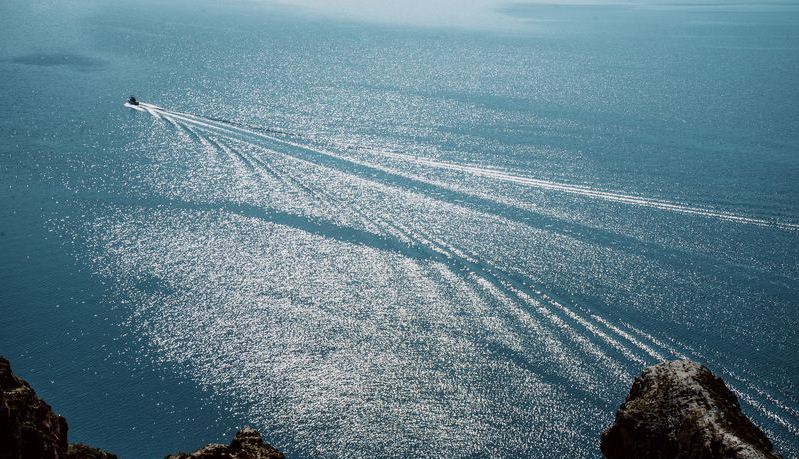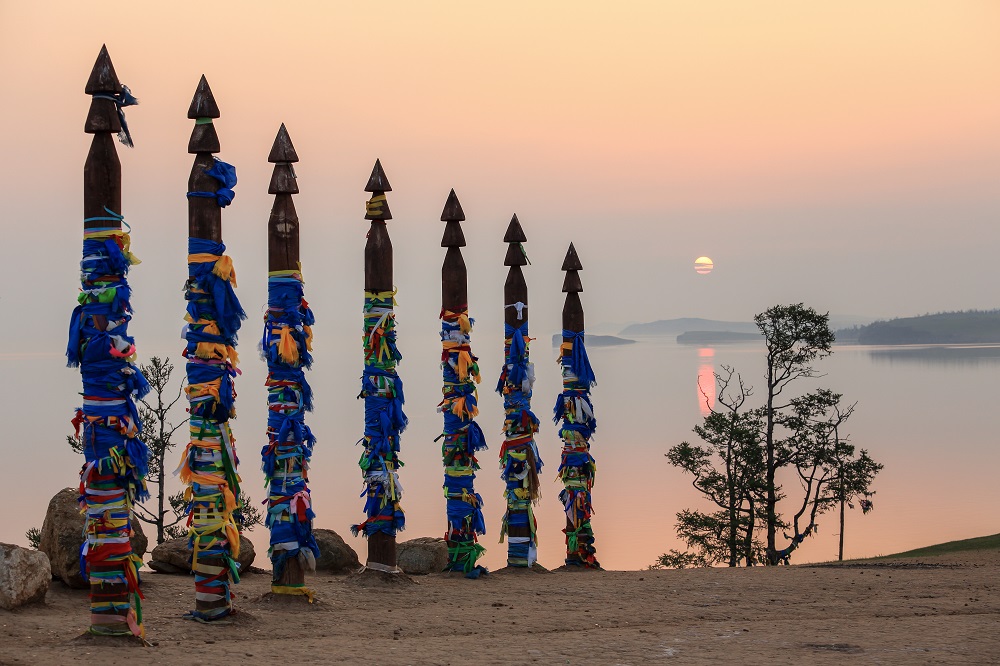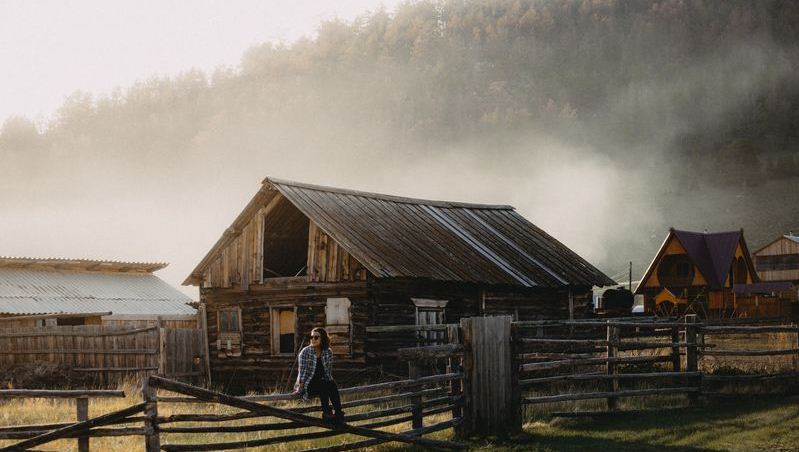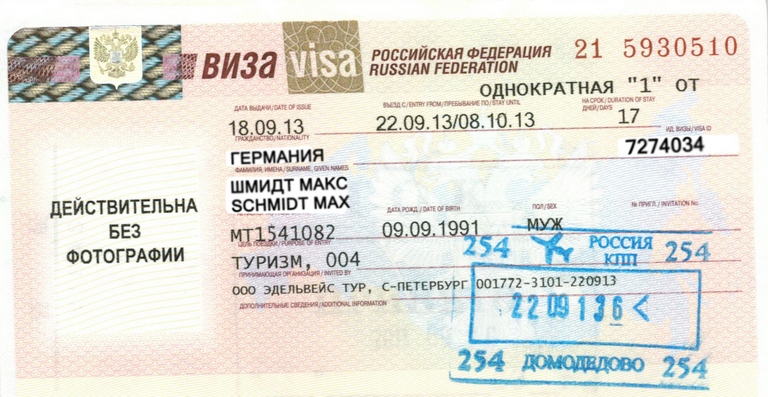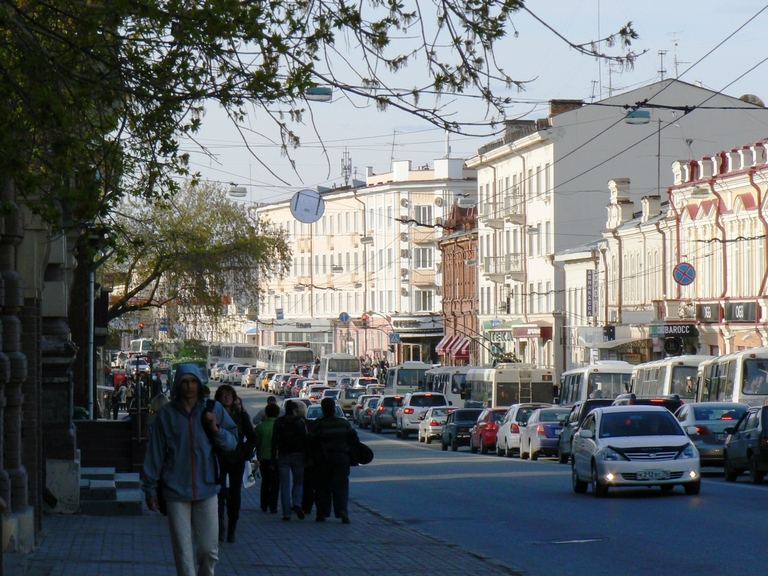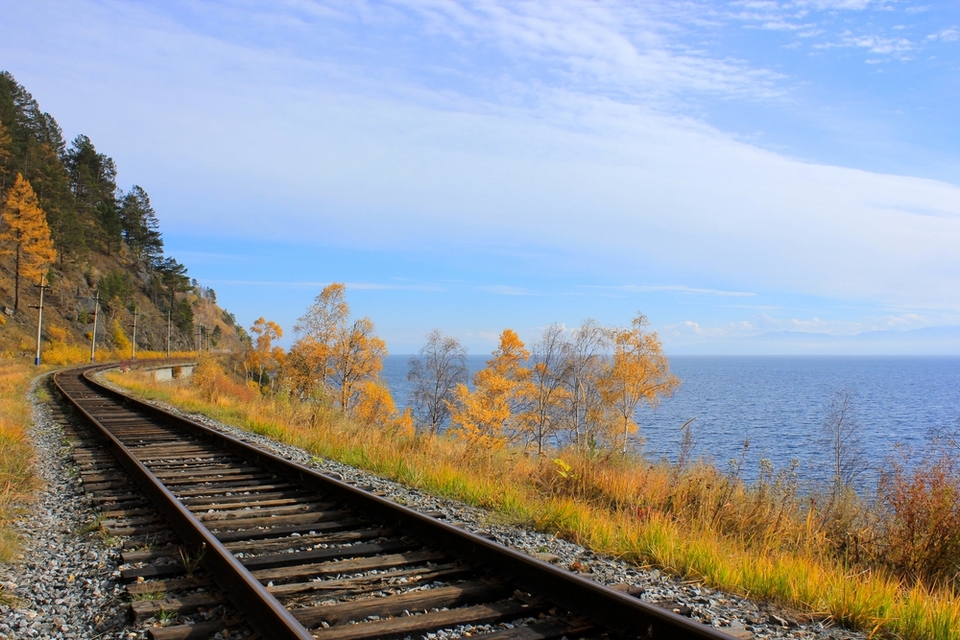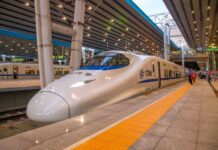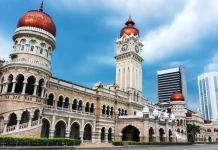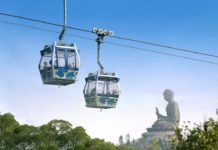The Trans-Siberian Railway, which commemorated its 100th anniversary last year, is undoubtedly one of the world’s greatest railway journeys. I had a chance to witness the life on carriages and different sights off-track at its stops along the way. Let’s discover Trans-Siberian Railway trip experience with me.
- Xinjiang blog — A journey to the paradise on earth
- Gobi desert tour — 12 wonderful days road trip in Gobi desert
- Mongolia travel blog — Explore the life of Mongolian nomads in the heart of Gobi desert
- Java travel blog — The wonderful backpacking trip for exploring Java Island, Indonesia
- My trip to Bali blog — My first real vacation in Bali
My mother used to tell me a story about her student life, when she was assigned to study in Albania. At that time, she had to travel to the remote land of Albania by road passing through China, Mongolia and Russia, which was of course at the time known as the Soviet Union. She took a train for the first time in her life along on a route that was part of the longest railway in the world named the Trans-Siberian Railway. Images of verdant taiga forests and immense Baikal lake along that route are still in her mind until now. She also told me of Russian girls putting on red boots filled with white snow and large grasslands expanding to the horizon in Mongolia. Though not mine, there were my first memories of the Trans-Siberian railway.
Trans-Siberian Railway: The unique railway
The Trans-Siberian railway is the most impressive railway of the world and boasts numerous remarkable highlights:
+ Russia is the biggest country of the world with a cover area that doubles the USA.
+ The total route of Trans-Siberian is 9,289km running between Moscow and Vladivostok making it one of the world’s longest railways. If you travel non-stop, it will take you about 146 hours that are 6 days and 6 nights to travel through Siberia in Russia.
+ Siberia has more than 30% of all the green trees in the world
+ Baikal lake along the Trans-Siberian route is the world’s deepest, oldest and largest freshwater lake, containing 20% of the world’s total fresh water.
After crossing Siberia, the Trans-Siberian route divides into three different routes: the Trans-Siberian Route, the Trans-Mongolian Route and the Trans-Manchurian Route (China). Most tourists take the Trans-Siberian route from May to November asit gets extremely cold in winter.
On the longest route, the Trans-Siberian Route, most of passengers will start from Moscow, which has been seen as a classic route, and then go from the west to the east of Russia to Vladivostok. To make your journey more exciting, plan to get off the train at some stopovers to explore different landscapes because you can stop at any station along the route.
Across 5000km from the East to the West
I decided to start my Trans-Siberian journey going in the opposite direction, from the east to the west. I had some reasons for that. Firstly, I would not finish the route to Moscow, where I used to live for a long time because I wanted to spend my time at other destinations that I had never been to. In addition, I preferred seeing the Trans-Siberian rail as Russians do and so it seemed more natural to me to travel from east to west. Vladivostok was a perfect place to start my experience instead of the crowded city of Moscow.

And my journey began…

Vladivostok is definitely unlike what you may imagine about Siberia. With its location near the east pole by the Pacific Ocean and featuring a hill terrain, this small city showcases a large number of right-hand drive cars and Japanese electronics. It has both a port and fleet of vessels occupying it. If you go around the city, you will see so many tourists, Korean, Japanese and Chinese traders and Asian locals that you will be able to feel a part of a multi-ethnic Russia when you start your journey from the East.

I got on the train at nearly mid-night after two days wandering around the downtown and outskirts of Vladivostok. The train started as scheduled and we passengers started to fall into sleep.
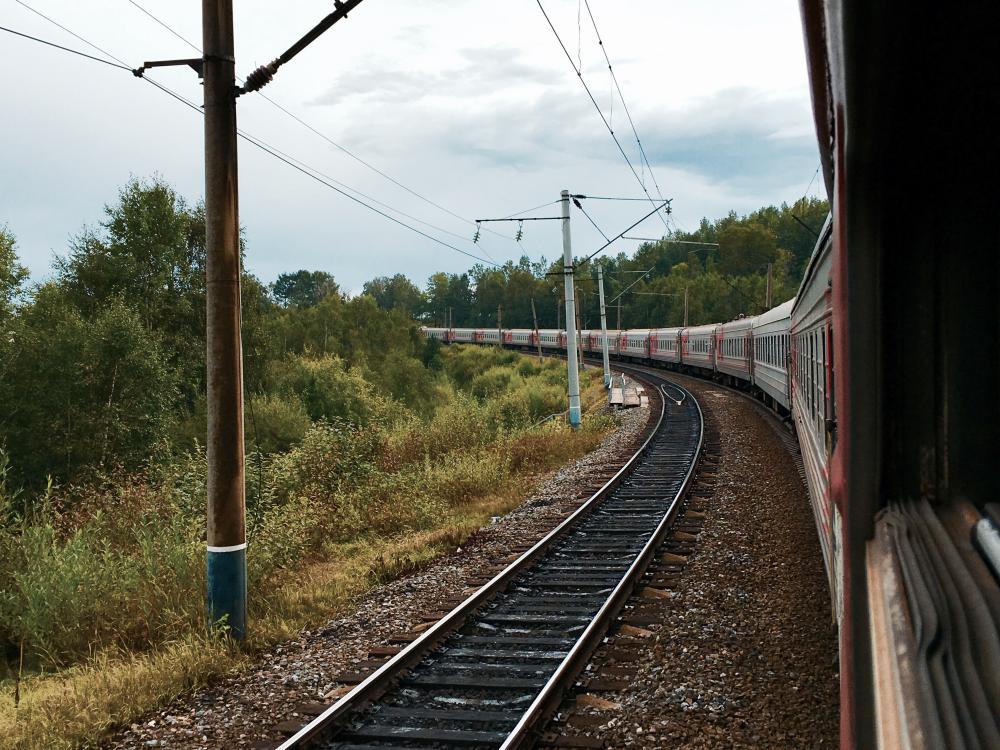
The Trans-Siberian is certainly no tourist train, neither in the past nor now. Tsar Alexander III fully understood the importance of uniting the huge Russian continent when he ordered work on the Trans-Siberian to commence in 1891. Since it linked Russia from the European side to other regions in the east, the new railway would open up vast tracts of mineral-rich land beyond the Urals, provide a convenient way to ship convicts off to Siberia and enable the swift movement of troops to the Amur region which was under increasing threat from the Chinese. This Trans-Siberian railway panorama exhibited at the Paris exposition in 1900 surprised audiences from all over the world.
The train is usually booked solid and provides a vital service for Russians, Mongolians and Chinese who can’t afford a plane or who need to transport large quantities of luggage. Each passenger has a different demand but I always choose the cheapest ticket. It is not for saving money but rather it is the most interesting carriage as it allows one to feel and explore the real life of locals and converse with them.
In the Russian train system, inexpensive and open carriages are called platskart. Each platskart carriage is composed of 40 berths. Passengers on platskart often talk about their stories, games, foods and drinks. Although this shared carriage cannot bring you much privacy, it is where you can experience the most original local culture.
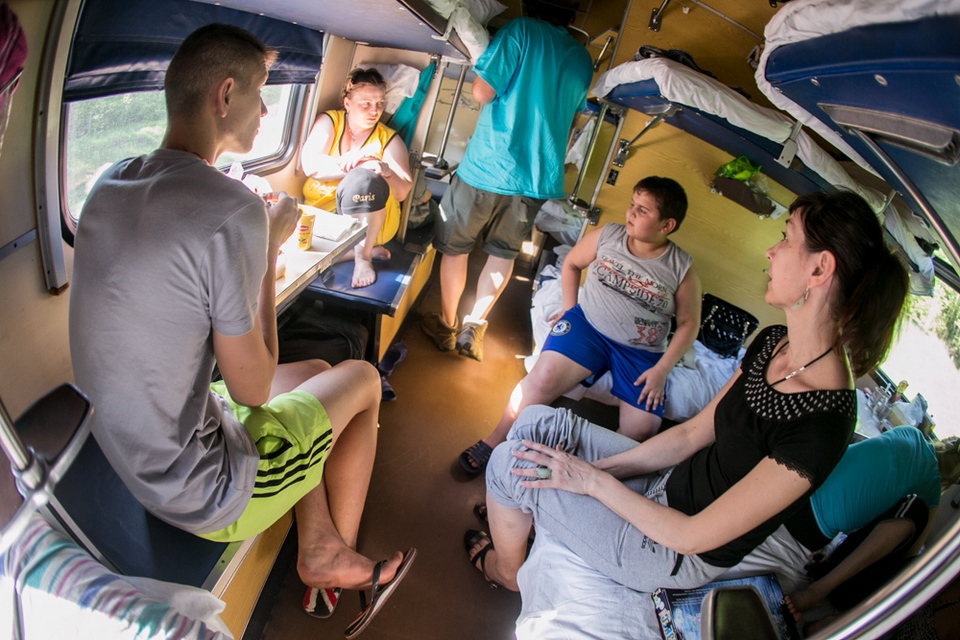
One hundred years ago, when the first through trains started running all the way to Vladivostok, the brochures depicted marble baths, gymnasiums and even a darkroom for developing photographs! The reality was different: breakdowns, no restaurant cars and frequent broken rails. Today the conditions are somewhat better. Although it does not have a bathroom, its restroom is always kept clean even when it is used by a large number of passengers. Each carriage is equipped with a big samovar of boiled water for passengers to make tea or instant noodles. You can buy instant noodles or some snacks, tea and coffee in each carriage. In addition, you can order foods at some carriages with a restaurant. Most of the Russians I met who were using the Trans-Siberian railway were familiar to this means. They often bring foods and other necessities for their journey.
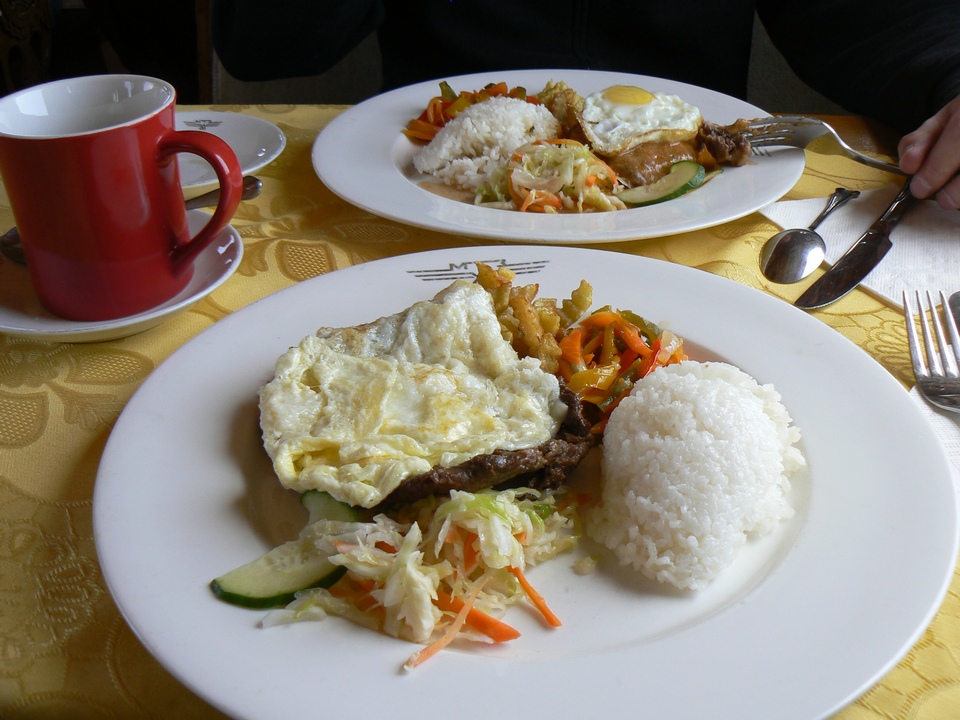
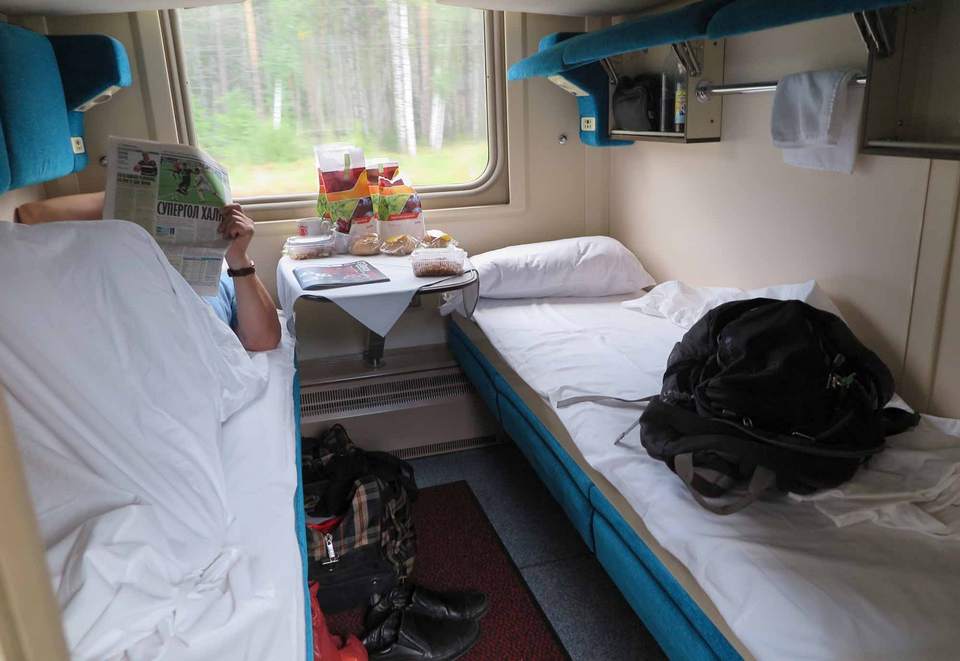
I woke up early since I felt the darkness was slowly being wiped away. The moment that I was lying on the train and viewing the sun rising from the window was fantastic. The world outside was dyed in a pinky purple color and then turned into orange. The sun shined through thick dew as clouds floating at the horizon creating miraculous sceneries. The train stopped at many stations along the way. Sometimes, it stopped for 10-15-20 minutes, just enough for us to walk around and buy some foods from kiosks.
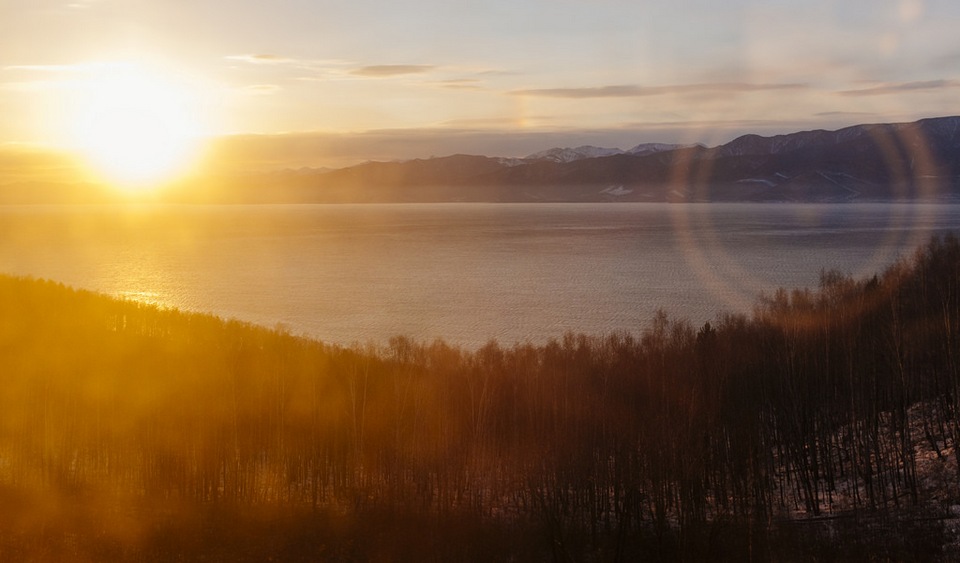
At every stopover of Trans-Siberian, we bumped up against life in the middle of nowhere in Siberia, and then, in an instant, left it behind again.
Impressive picture out of the window
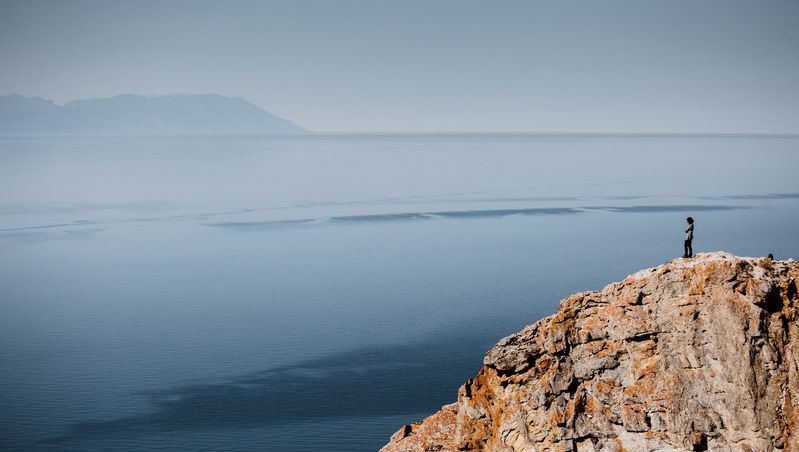
I woke up late to find a brilliantly sunny day on the other day. It was the bright sunshine and the noise of little children that woke me up. I looked around my carriage and realized that most of passengers here went with an average of two children. The kids always surrounded and talked to me. Sometimes, they peeped at me because they rarely saw a foreigner, who could speak Russian. Surprisingly, these kids seemed to be very used to getting on the train and independent about related activities. They definitely did not worry other passengers.
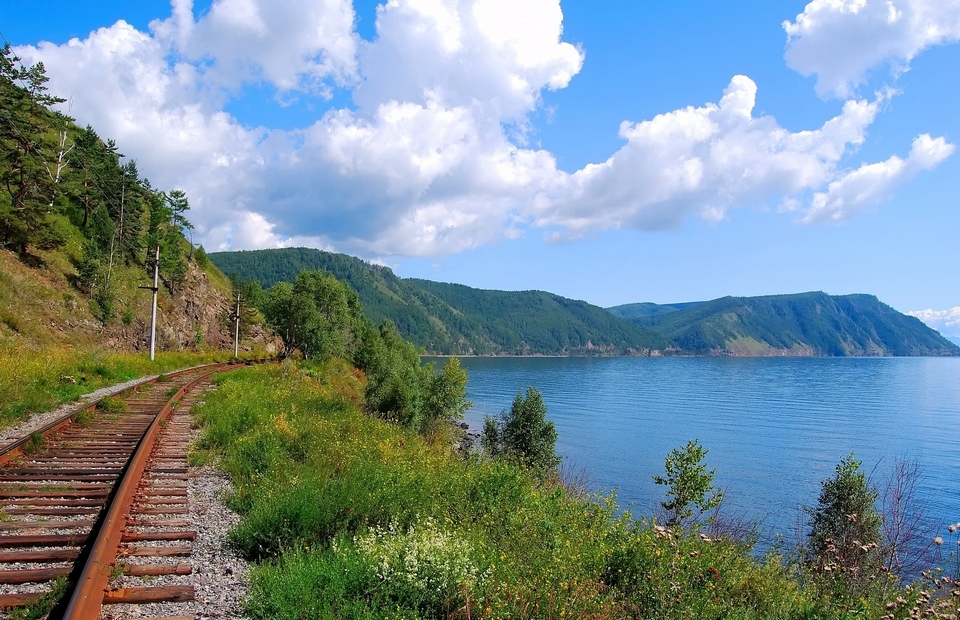
The train was rattling along. The scenery out of the window was more and more appealing. We passed by immense grasslands, cold taiga forests and brilliant birch trees. By the curves of rivers appeared small and big villages dotted with little wooden huts, each with a wisp of smoke curling up from the chimney along the sunny green rolling hills as if it was taken out from fairy tales. In addition to that, numerous wild plants blossomed in the warm summer of Siberia. It was as if you were watching a film in slow motion.

I totally lost the feeling of time on the Trans-Siberian railway. Each day, when you woke up, I would think “where am I and what time is it now?”. You quickly change the time on your smartphone, watch or filming devices nearly everyday! Yes, I was traveling on the longest railway journey and we had crossed seven time zones, across the width of the world’s biggest country, which expands through 10 time-belts. It seemed to be crazy but fabulous!
Indulge in Baikal lake – the gem of Siberia
Just to make things less confusing, all Trans-Siberian trains run to Moscow time. After nearly three days, or 62 hours, I arrived at my first stop: Ulan-Ude, the capital city of the Republic of Buryatia, Russia. At this time, it seemed that my hair had turned to straw after many days without being washed.
Ulan-Ude is well-known for a large and highly unusual statue of the head of Vladimir Lenin in the central square: the largest in the world. The Republic of Buryatia is like a small Mongolia with local people sharing the same culture and blood of Mongolians, green grasslands spreading through many hills, and brave wild horses accentuating the scene. This is also the center of Shamanism and the Buddhism center of Russia with Tibetan Buddhist stupas and pagodas in abundance.
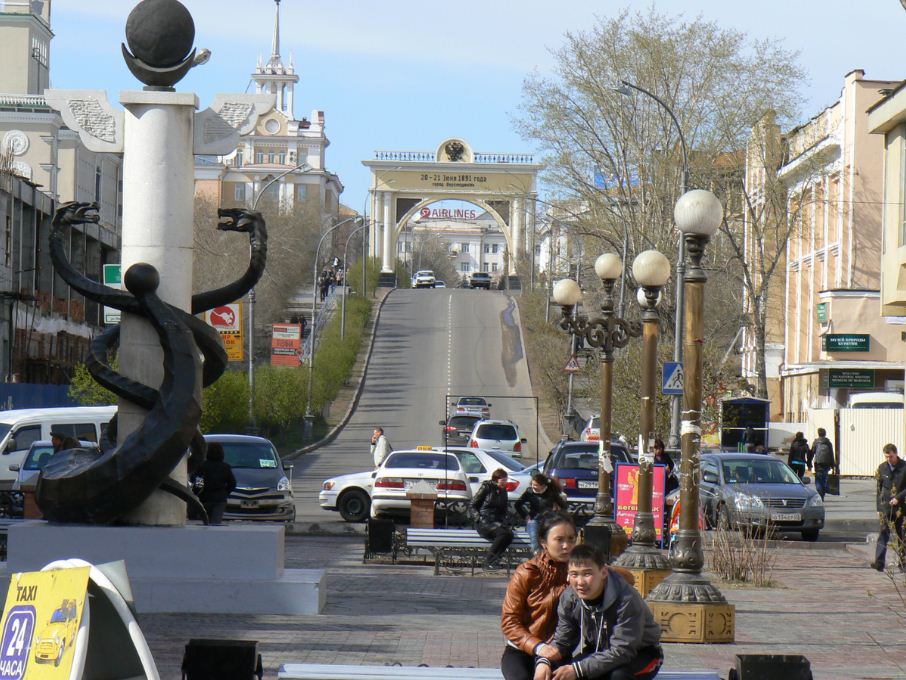

Saying a farewell to Ulan-Ude and its neighboring villages, I continued the next leg of my journey to Irkutsk, the most important stopover of this railway. Irkutsk is 448km from Ulan-Ude. The most interesting experience of passengers at this leg is a chance to view Baikal lake through the car windows. The train ran a long way around the southern bank of the lake. Baikal lake is so large that it takes a few hours to get through this leg of the trip and I felt like I was moving along the seashore most of the time.

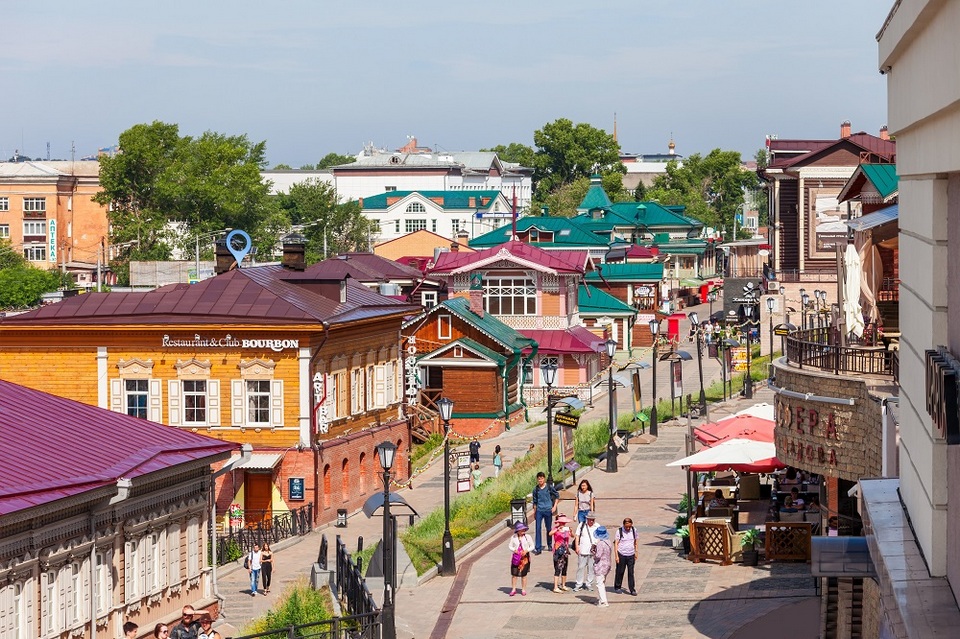
I stopped at Irkutsk to travel to Olkhon, the fourth-largest lake-bound island in the world to experience Baikal lake. To conjure up the island in your mind, let’s imagine a region that has a larger cover area than Singapore in the middle of Baikal lake. I put up a tent to stay overnight under the cliff by the lake in order to witness the sunrise on the following morning. Amidst the sound of waves and birds singing to greet a new day, I washed my face with the freezing and crystal water of the lake. The lake’s water is so pure that you can drink directly without boiling or filtering it.
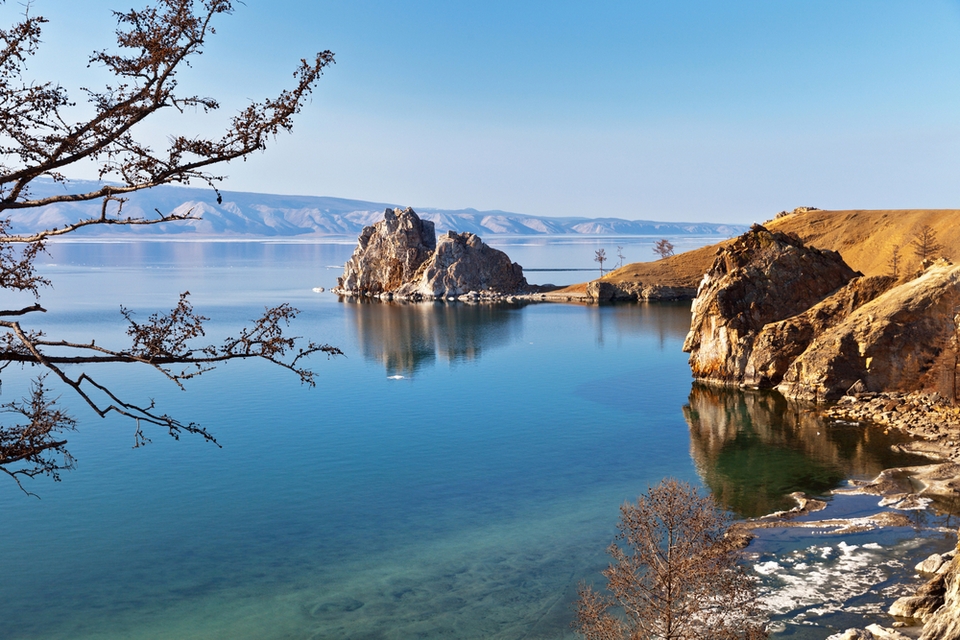
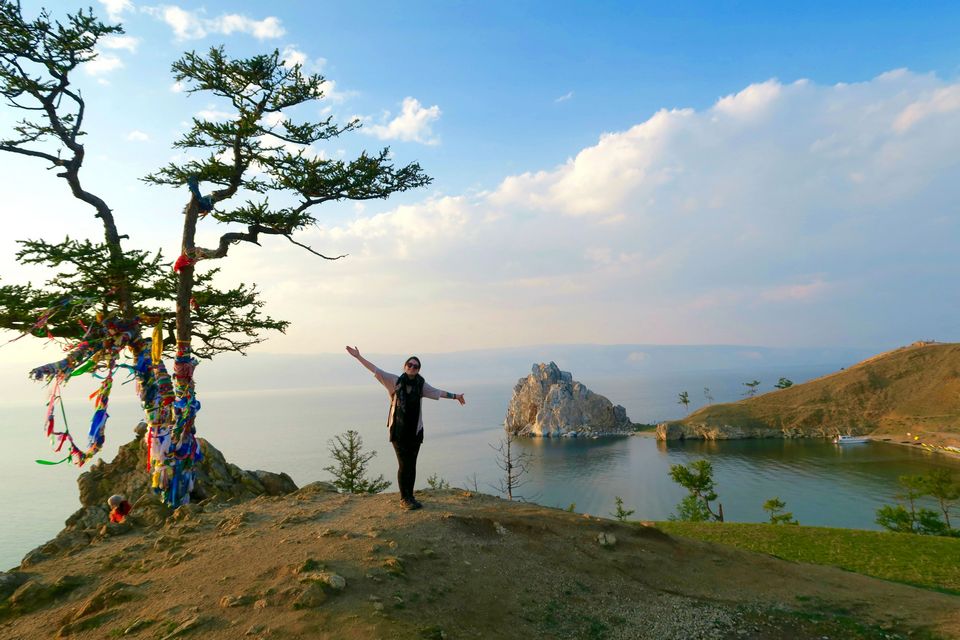
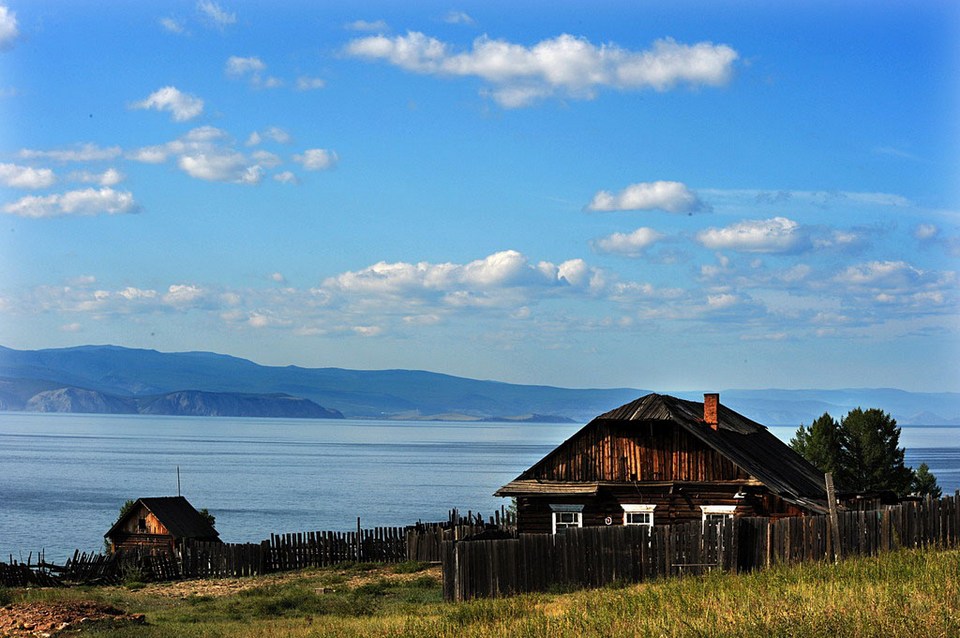
To me, Olkhon is like a small picture of Siberia. The island is embellished with taiga primeval forests, which provide shelter to wild animals, spacious green grasslands as in Mongolia, and sand dunes like the deserts or cliffs in the endless blue background of Baikal lake.
Last leg of the journey
My Trans-Siberian journey finsihed at Novosibirsk city, about 1,855km from Irkutsk, or a day and a half by train. This was the third largest city of Russia and the biggest center of science and industry of Siberia. From this city, I had to take another railway heading to the south of Siberia to continue my long journey.
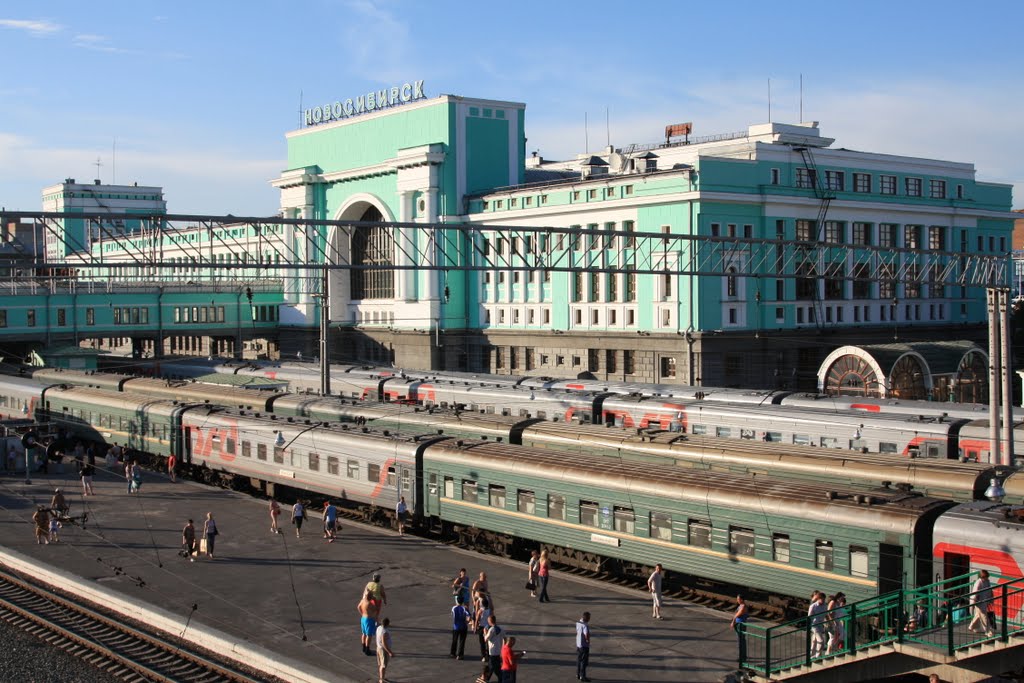
To me, Siberia is so vast that I cannot discover enough of it, even in my whole life. On the Trans-Siberian railway, you will see that Siberia is not only about taiga forests and the extreme coldness as you might imagine. I believe that for anyone, who ever steps on this endless train will find their own Siberia.
Trains rattling through Siberian wild lands have been operating day and night along the key railways between the east and the west for more than 100 years to serve necessary transportation demand of Russians.

Further information
Visa
It is not difficult to apply for a visa to Russia but it may take a longer time the normal. You will have to submit all documents at least a month before your journey because they will approve your documents within 20 working days. Documents to submit to the consulate include an Invitation Letter (done by a Russian agent at $50/person), schedule, ticket booking, accommodation and standard insurance. Papers related to finance are not strictly required as visas to western European countries. Tourist visas are normally valid for a month.
If you travel in groups, you are advised to call to the consulate and book a date. If not, you should go as early as possible. Since it’s not difficult to be approved, you can go to the bank to transfer the visa fee before you submit. This will help you to save time. Your documents will be processed right after that.
Transportation
+ Air tickets: You should plan your journey early to book air tickets in advanced. Sometimes, Vietnam Airlines and Aeroflot offer cheap prices at $500-$600 for return tickets between Hanoi and Moscow. Return tickets between Hanoi and Vladivostok are about $500/ticket offered by S7 airlines.
+ Train tickets: You should book train tickets as early as possible, especially in the high season. You can visit www.rzd.ru to book online. Because it is a Russian website, you should know Russian or ask someone who can speak Russian to help booking. You can also book tickets at tourist agents or middle websites with an extra service charge. In addition, you can buy tickets directly at the train station in Russia, but you will have less chance to get a good seat.
+ Moscow – Vladivostok train tickets will range from $1,130/ticket for the first kupe class (two berths) and $480/ticket for the second kupe class (four berths) and $265/ticket for platskart class.
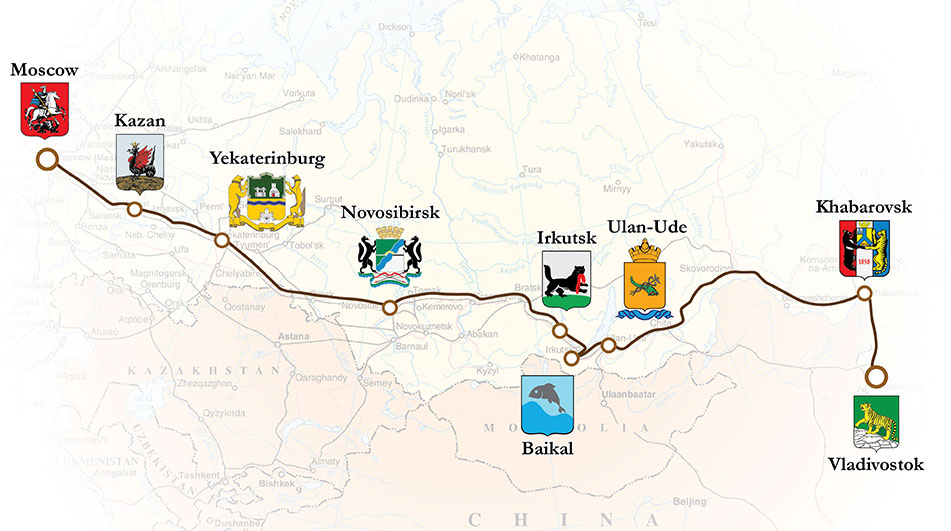
Accommodation
Apart from nights sleeping on the train, you can book a room among an array of hostels, homestays and well-appointed hotels in Russian cities. Room prices are posted on international booking pages except for remote areas. Russians often book for accommodation on some websites such as Booking.com. After the econimic crisis, the accommodation price in Russia went down and brought many more options to tourists. Each double room is often priced from $20/night.
Cost
Average expense: In addition to train and air tickets, the average expense of every visitor ranges about $30-50/day.
Best time to travel
The best time to travel here is from May to September. During the winter, the temperate may be -40 degree Celcius. However, some tourists prefer going this time to witness the beauty of frozen Baikal lake.
Where to stop?
Irkutsk city and then Baikal lake are must-see sights. Depending on your time and demand, you can stop at other big cities along the way and then go to off-track destinations if you like.
What to bring?
+ You should prepare before the journey or buy along the route some snacks such as cheese, biscuits, instant noodles, fruits, tea and coffee bags. Vodka is not sold at stations but Russian passengers will know where to buy it!
+ For your hygiene, you are advised to bring wet tissues, a small cup and bath towel because they are not available on trains,there are only bath tubs and flush toilet. Bathrooms are only available on the first class carriages of the Trans-Mongolian Express.
+ Bring a book, iPad or any device that can help to fill up your free hours on the train.
+ It’s wise to prepare cash because you can’t use your credit card everywhere, for instant, buying foods at roadside kiosks.
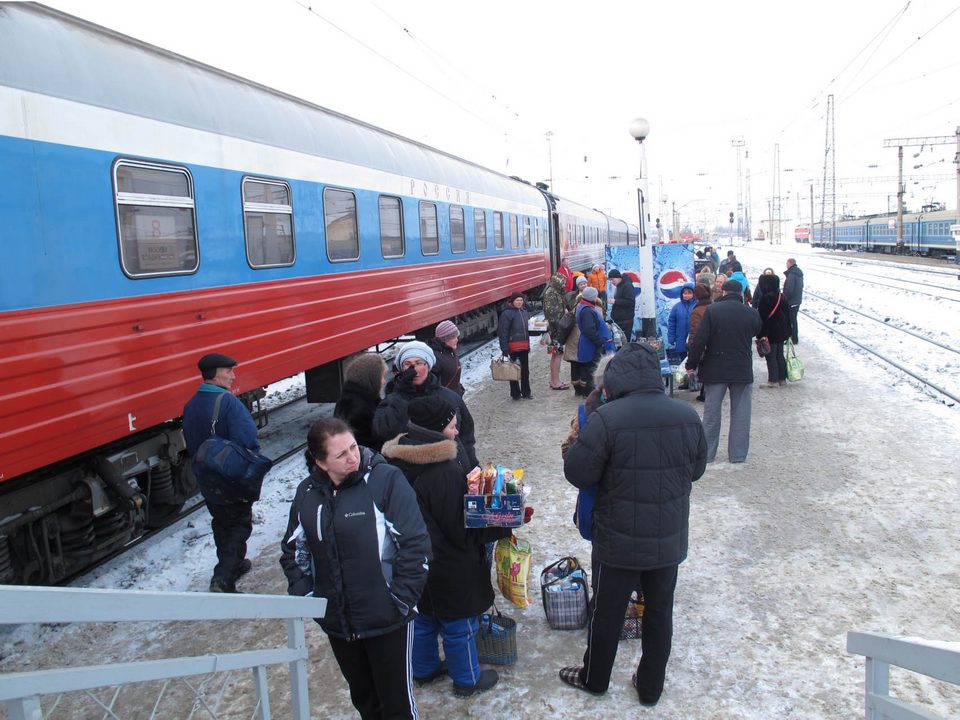
Special notice
Before you get off the train at stopovers, you should ask about the break duration at that station. The train will not wait for you before it continues the journey. There are always some tourists left behind.
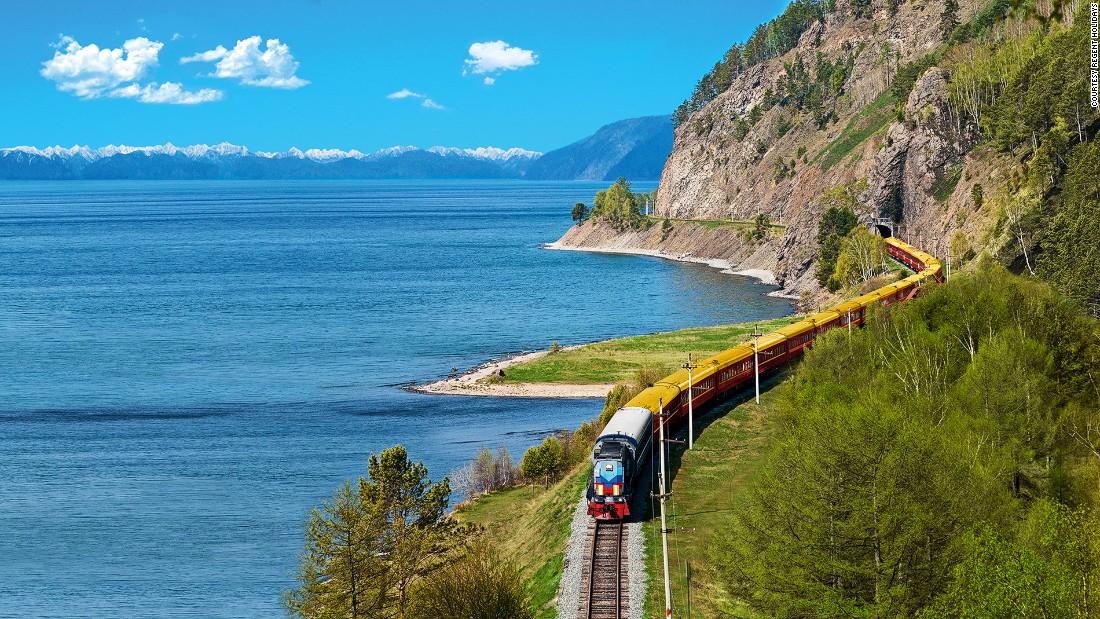
About the author: Nguyen Quynh Anh: Photographer/ Freelancer
This Hanoian girl used to live in Moscow (Russia) in a long time. Coming back to Vietnam in 2007 after she graduated architecture majority, Quynh Anh has been working as a photographer and freelancer for a foreign news agency. Her photos have been published on many magazines and websites of foreign organizations such as Lonely Planet Publications, National Geographic Traveller, Cosmopolitan and BBC Travel. In particular, her photo of Tu Le paddy field was awarded at international photo competitions and listed in many prestigious photo contests such as National Geographic Travel Photo Contest or SIPA Photo Contest.
Grown up in different living environments and adapted to many cultures of the East and West, Quynh Anh is always curious to discover new lands. One of her long, memorable trips is written down with an article about Trans-Siberian Railway journey exclusively published on Travellive magazine.































![10 best airports in Asia in 2016 [RANKED] kuala-lumpur-international-airport-best airports in asia in 2016 by skytrax ratings](https://livingnomads.com/wp-content/uploads/2016/08/29/kuala-lumpur-international-airport-best-airports-in-asia-in-2016-by-skytrax-ratings-218x150.jpg)








